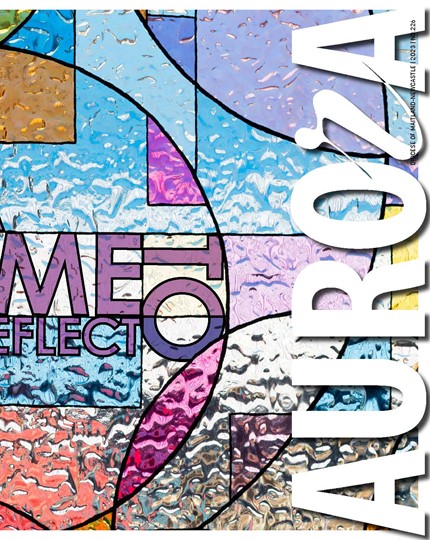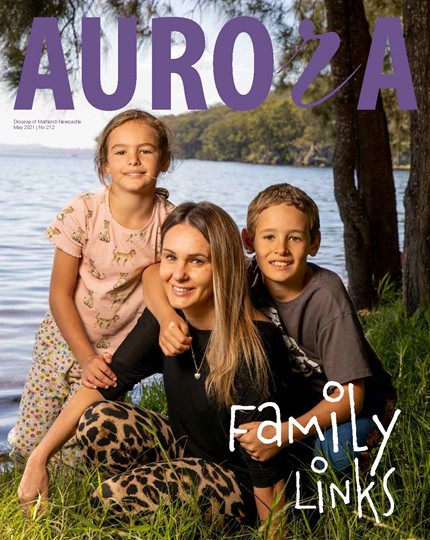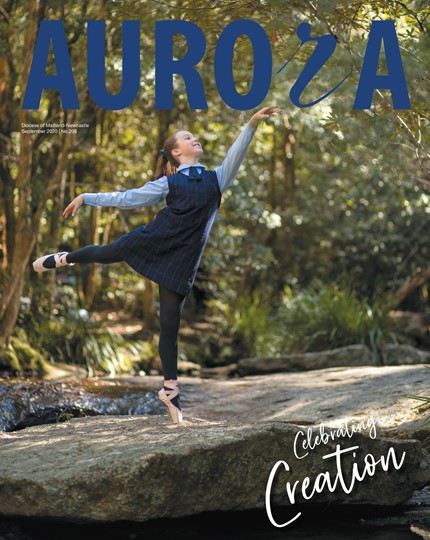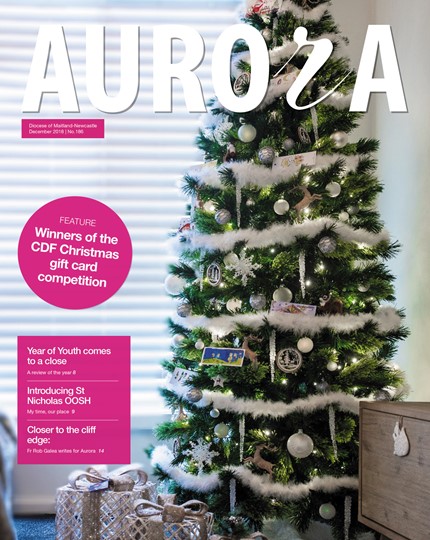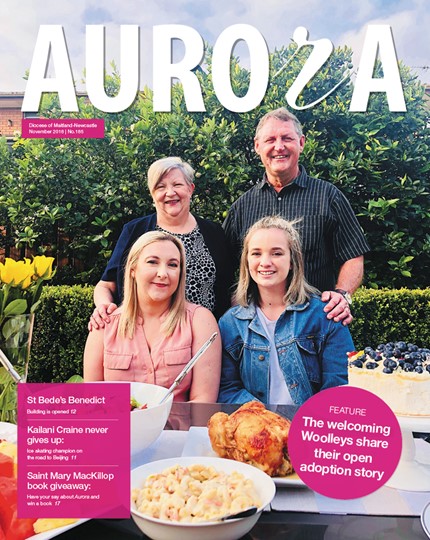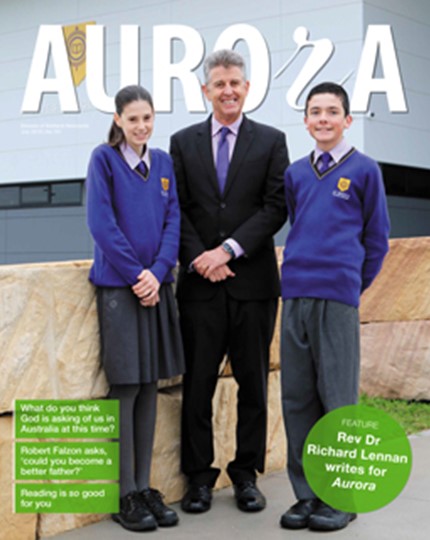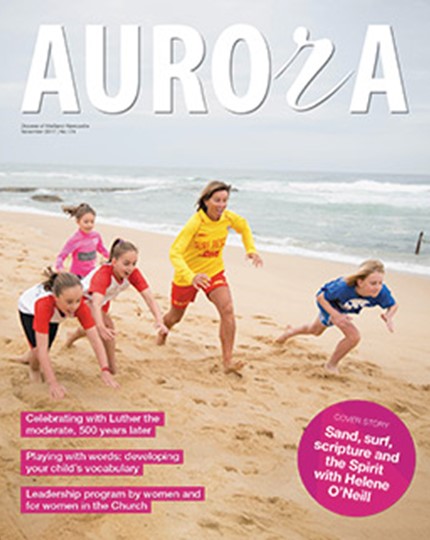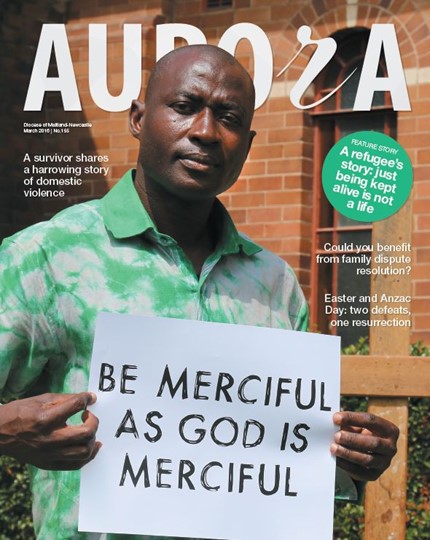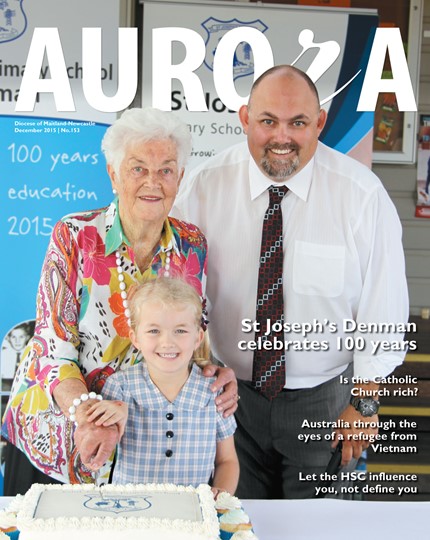But the fact is I am writing this column when the Case Study still has nearly two weeks more to go. When all the evidence has been heard, the Commission will have the tremendous task of sifting through it and reaching conclusions. But I simply can’t write any more than I know today.
First, we know that an appalling number of children has been abused in church institutions over the last 60 years. The Commission’s data reflect 4,444 allegations and, as Francis Sullivan said on the day, “The figures are shocking, they are tragic and they are indefensible.” I wrote to the people of the diocese that night, saying in part, “Statistics are statistics, but these are people, they were children. The church does have to answer for what was done to them.” We must never lose sight of that horrible history and the awful damage it has done to those children and all the people around them. I always have victims’ stories and faces before me. I always feel sickened that these things were done by priests and brothers and lay church people. But Case Study 50 has its own focus and character, and to that I will now turn. If you have not seen my letter of 7 February, please find it on the diocesan website.
So far, after the release of the data, this case study has proceeded by way of questions to panels of experts on a range of topics that may represent ‘cultural factors’ in Catholicism that contributed to the occurrence of abuse or to the way church authorities responded. Clearly this is very important because, if harmful ‘cultural factors’ still exist, they may still produce awful outcomes. So far the topics considered have been the structure and governance of the church; its discipline or law, especially in regard to secrecy and also to the sacrament of penance and the selection and formation of candidates to priesthood and religious life. On each of these topics there have been witnesses to what happened in the past, some of whom consider that nothing has changed, and witnesses to the position now, most of whom say that a great deal has changed, though more could be done to ensure that all parts of this vast church are up to speed on ‘best practice’. Obviously I’m not going to pronounce a verdict on the evidence to this point. That is the Commission’s task and, in any case, the discussions are incomplete at this point.
I say that the discussions are incomplete because in the final days of the Case Study the Commission will be speaking with a panel made up of the metropolitan archbishops of Australia, and will surely be seeking the church leaders’ views on all the matters already covered. Additionally, we were told on the first day that the Commission will be releasing more data before the conclusion of the hearing. So there is still much to come.
There are a couple of other comments I want to make. The first of these causes me concern. It is that from Day Two onwards the attendance of the public has been rather thin. In the room there are the summonsed witnesses and their companions, some prominent victims’ advocates, some church people and child protection professionals and just a few others not so easily identified. Has public interest flagged? Perhaps that’s to be expected after four years, but it is unfortunate.
The last thing I want to report is that each day outside the building, with placards and handouts, and inside the hearing room in distinctive shirts, there have been representatives of CLAN, the Care Leavers Australia Network. Some of their members were abused in Catholic institutions, and they are vocal about that, but many were abused in other institutions. These others often cannot get any redress or compensation, or they can get only minimal compensation from schemes in their State. CLAN is, then, the great advocate of a fair and adequate national redress scheme. They remind me daily that we all have to keep pressure on the Commonwealth to deliver on its promised redress scheme and on the states, territories and other institutions to sign up and participate in the scheme. It shouldn’t matter where or by which institution a child was abused, but at the moment it makes quite a shocking difference. CLAN members have made themselves a presence at Case Study 50, and I wouldn’t want to end these comments without drawing your attention to their efforts and their need. And so on to weeks two and three!







